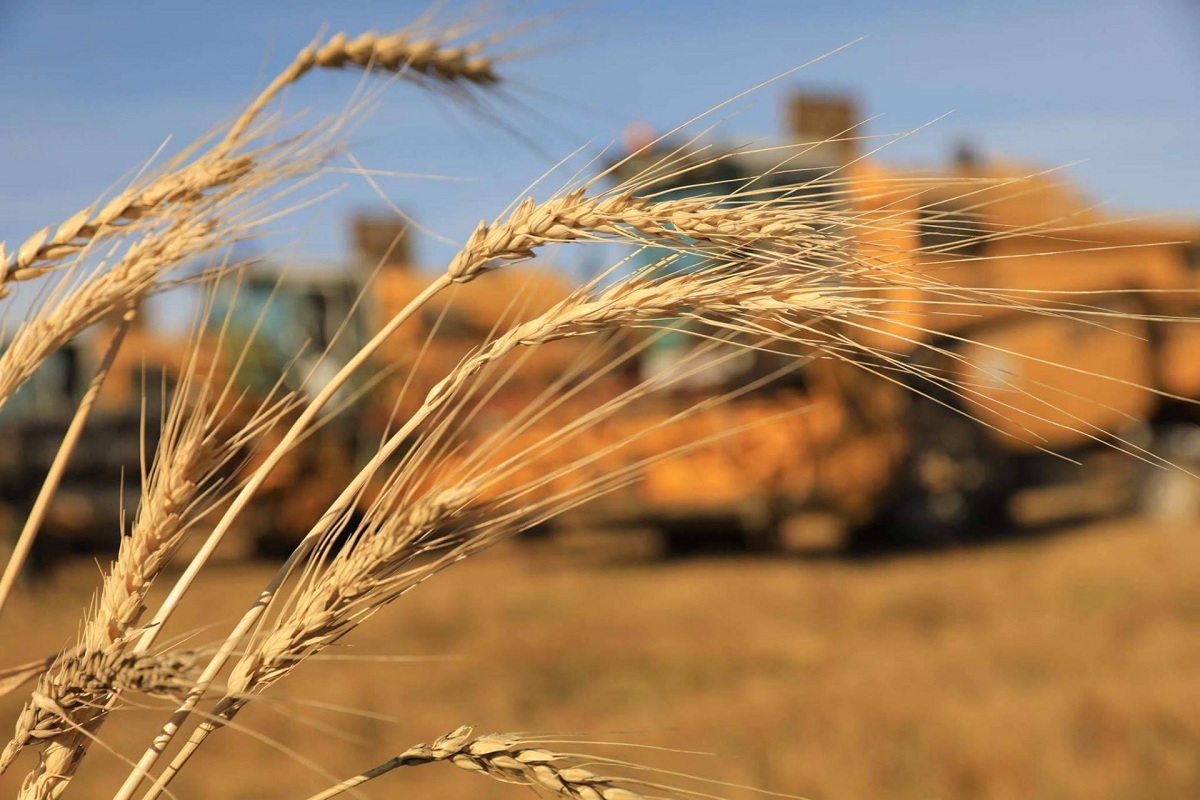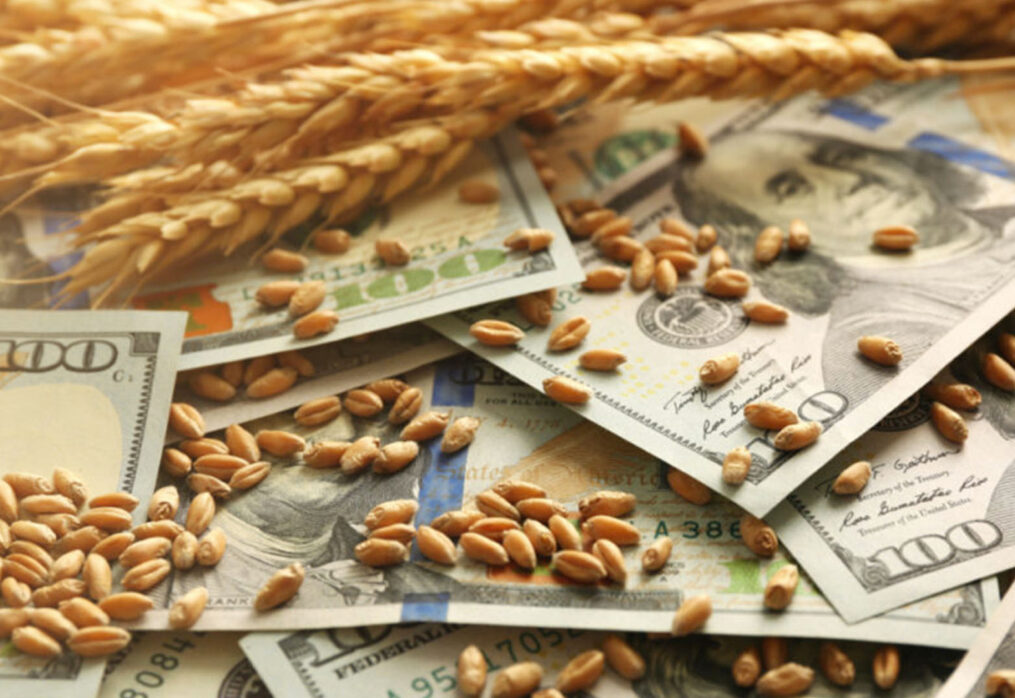The Indian government is trying to lower local wheat prices
In India, local cereal prices are rising
India is the second largest producer of wheat in the world. In 2022, as a result of geopolitical conflict, the world market faced a shortage of grain — and the country agreed to increase exports. Initially, local traders promised Egypt 500 thousand tons of wheat, but later this figure was reduced to 180 thousand tons. The increase in exports was facilitated by the bumper harvest of Indian farmers in recent seasons, but in 2022-2023 the situation has changed.
Prolonged drought and hot weather led to a decrease in the country’s wheat production from 109 to 103 million tons. As a result, local prices for the crop rose sharply, forcing the Indian government to ban wheat exports in May 2022. Despite the restrictions, the cost of grain on the domestic market continued to rise, reaching record levels in January 2023.
To lower prices, Indian authorities allocated 2 million tons of wheat to flour mills. By January 2023, the government had already supplied 3 million tons to the local market, but this did not help to stabilize the price. The cost of wheat in the country remains above the established limit of $256.8 per ton. In early 2023, the price of grain exceeded $393 per ton, a record high for the crop. Since February, the price has declined, but it still has not reached the established limit. One of the government’s primary functions is to reduce the price of wheat to adjust the volume of grain purchased from local growers for the new crop. Each year, the FCI Food Corporation buys wheat from Indian farmers at a predetermined price. In 2022, the price of the crop on the open market drove purchases down by 53 percent to nearly 19 million tons.
One of the government’s primary functions is to reduce the price of wheat to adjust the volume of grain purchased from local growers for the new crop. Each year, the FCI Food Corporation buys wheat from Indian farmers at a predetermined price. In 2022, the price of the crop on the open market drove purchases down by 53 percent to nearly 19 million tons.
The year 2022 brought many changes to the world, including the agricultural market. For India, this period was quite successful, the country increased exports of wheat, and sales of rice reached record levels. The advantage of local grain was competitive prices, and the main importers were African and Asian countries.
In September 2022, the Indian government imposed a ban on the export of milled rice and also introduced a new 20% tariff on some varieties of the crop. This was due to rains that reduced the crop.
In 2022, India exported about 22.3 million tons of rice, an increase of 3.5% over the previous period. Among other varieties, the country supplies Basmati, which is considered a premium grade. Importers of this type of rice are the United Kingdom, the United States, and countries in the Middle East.
